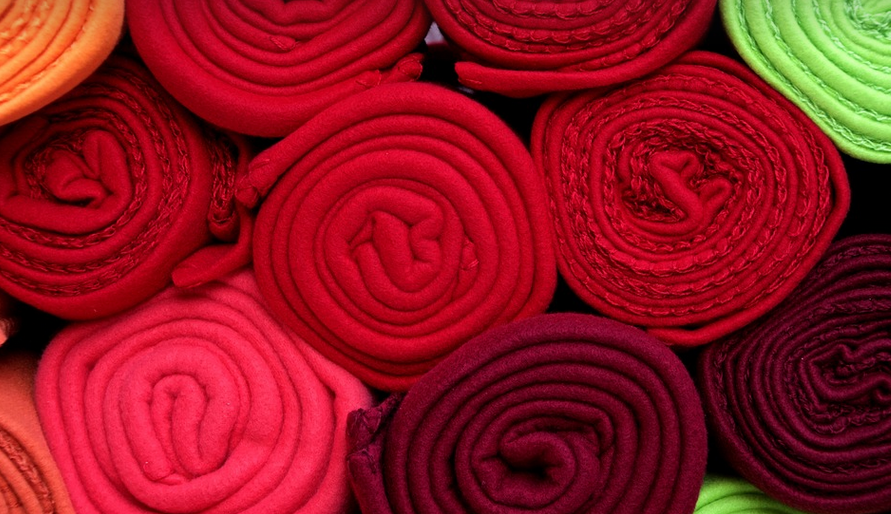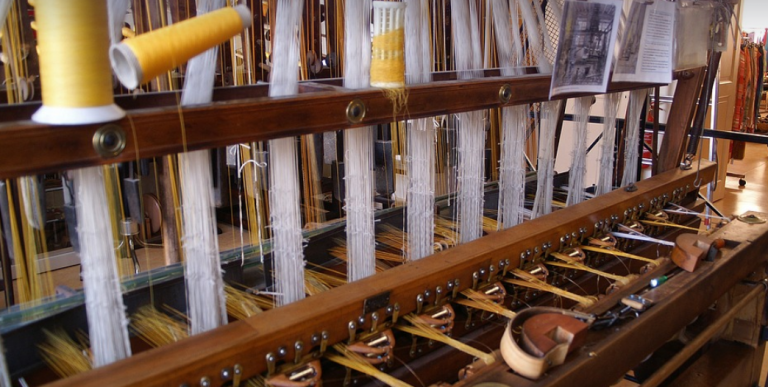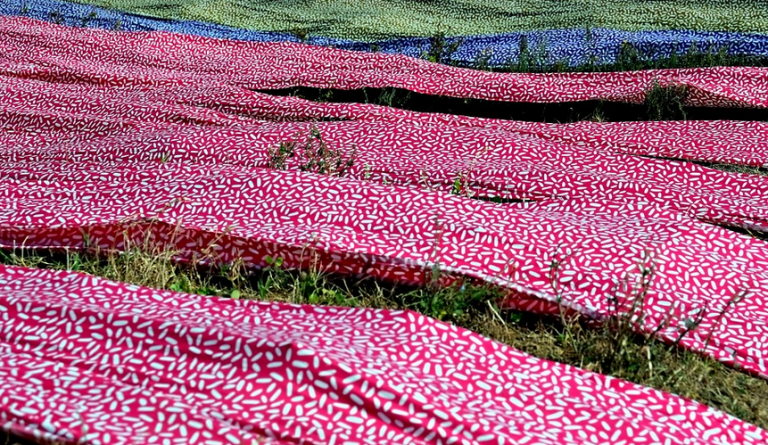
A Closer Look at Tent-Making Magic
There’s something undeniably magical about a tent, isn’t there? It transforms a sprawling wild landscape into your very own oasis of comfort and shelter. But have you ever stopped to wonder what exactly makes up that cozy sanctuary you find yourself in under the stars?
The answer lies in the fascinating world of materials science—and it’s more diverse and exciting than you might expect. So, let’s dive deep into the heart of your tent and discover the wondrous ingredients that bring this portable dwelling to life.
## The Backbone: Frame Material – Steel, Aluminum, or Fiberglass?
The very foundation of any well-built tent lies in its frame. This sturdy skeleton, responsible for providing shape and structural support, is usually constructed from either steel, aluminum, or fiberglass. Each material offers unique advantages based on their strengths and weaknesses.
**Steel:** Often revered as the “gold standard” for tents due to its inherent strength, steel frames offer unparalleled longevity and durability. They can withstand significant weight, harsh weather conditions, and even stand up against the test of time.
However, steel is not without its drawbacks. It can be heavy compared to other materials, which might make it a bit cumbersome for backpackers who prioritize portability. Additionally, it may require more complex assembly.
**Aluminum:** A lighter alternative to steel, aluminum frames are becoming increasingly popular in the tent world. They strike a balance between durability and weight, making them ideal for campers seeking both versatility and ease of carrying.
While they offer excellent strength per ounce, aluminum can be more susceptible to denting or bending than steel. It also might require some extra care when exposed to harsh weather conditions like strong winds.
**Fiberglass:** This material is lightweight, flexible, and boasts a reputation for being more resistant to environmental factors compared to its counterparts. Fiberglass frames can withstand both extreme temperatures and dampness without compromising their structural integrity.
They are often used in dome-shaped tents or those designed for backpacking trips, offering a good compromise between weight, durability, and weather resistance.
The Skin: Fabric Material – Polyester, Nylon, Canvas?
Next up in our materials journey is the tent’s fabric – what gives it its ability to keep you warm, dry, and sheltered from the elements.
**Polyester:** A widely used material for tents, polyester offers a blend of affordability and functionality. Durable and water-resistant, it provides excellent protection against sun and rain while remaining relatively lightweight in most models. It’s often found in both quick-drying and breathable options, making it a popular choice for campers seeking versatility.
**Nylon:** Another highly-used material, nylon possesses exceptional strength and durability, making it a favorite for its ability to resist tearing or ripping. This makes it ideal for high-impact activities like hiking and backpacking where you might encounter rough terrains and obstacles.
However, while strong, nylon can be less breathable than polyester and might feel warmer in hot weather.
**Canvas:** This classic tent fabric offers a traditional feel, evoking images of pioneer adventures with its natural texture and strength. While it is known for its durability and water resistance, canvas tents are often heavier and more complex to set up compared to their modern counterparts.
## Extra Features: Waterproofing, Ventilation, and More!
But wait, there’s more! Modern tent designs go beyond just the basic frame and fabric. They incorporate intricate details intended to enhance comfort and protection from the elements.
**Waterproofing:** A tent’s ability to stay dry is paramount for a good camping experience. Most modern tents are treated with waterproof coatings or have a waterproof layer on their seams, which helps prevent moisture build-up and ensures your cozy space stays dry even during heavy downpours.
**Ventilation:** Staying cool in hot weather is the key to a comfortable sleep under the stars. Many tents incorporate strategic vents for air circulation, allowing for airflow and reducing condensation buildup. These vents can be located strategically on the tent’s roof or side walls.
**Additional Features:** Tents also come equipped with additional features that enhance their functionality and user experience. These include zippered vestibules (for extra storage), rainfly attachments, guy line loops for added stability, and even built-in sunshade panels.
## Choosing the Right Material: Finding Your Perfect Match
The world of tent materials is vast and exciting, so selecting the right one depends on your individual preference, trip style, and budget.
**Think about:** your intended camping frequency. Are you a seasoned backpacker seeking lightweight options or a family-oriented camper prioritizing comfort and space? Consider what climate you’ll be using it in. And of course, factor in your personal preferences for style and functionality.
**Remember:** Always check the tent manufacturer’s website for detailed material specifications to better understand the strengths and weaknesses of each option.
**A Note on Future Trends:** The future of tent materials is exciting! We are seeing innovations in lighter, more sustainable options like recycled plastic or even bio-based fabrics.
These advancements promise to make camping even more enjoyable while minimizing environmental impact, and we can’t wait to see what the coming years bring.


